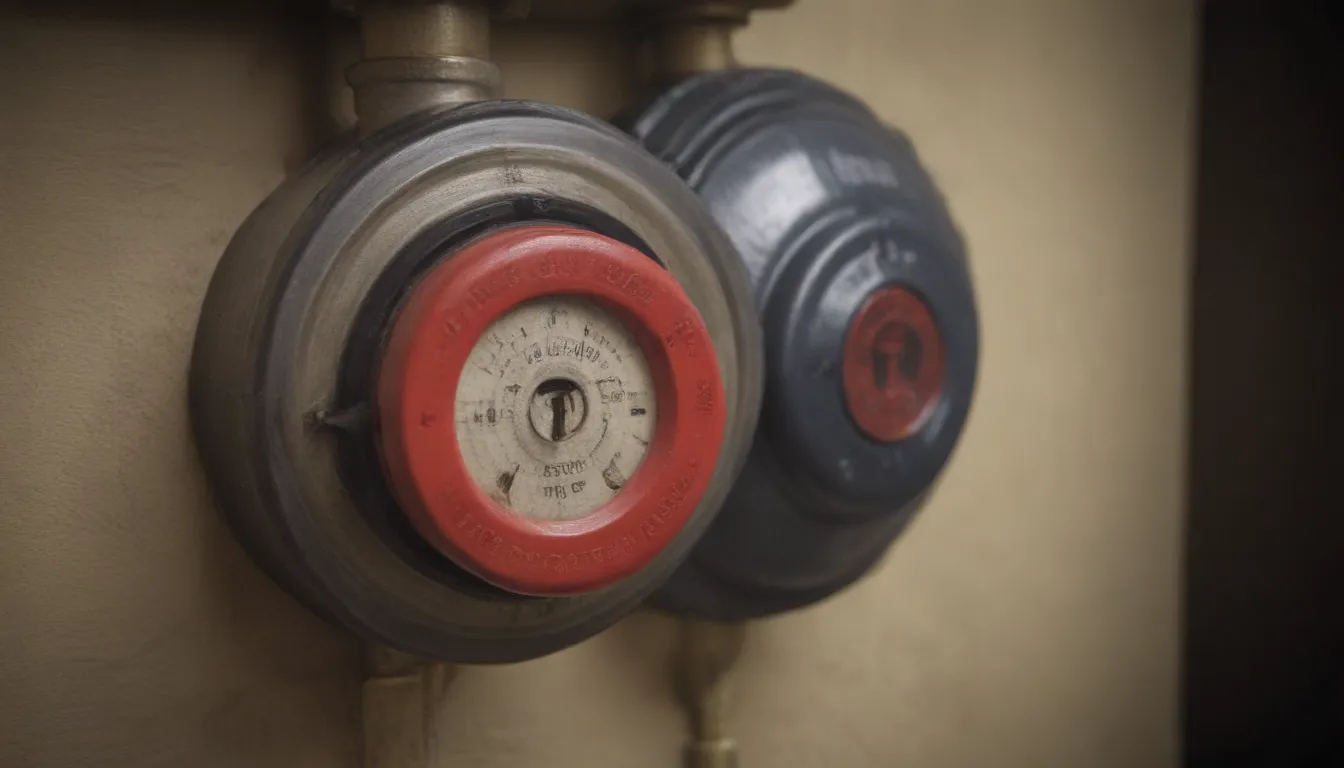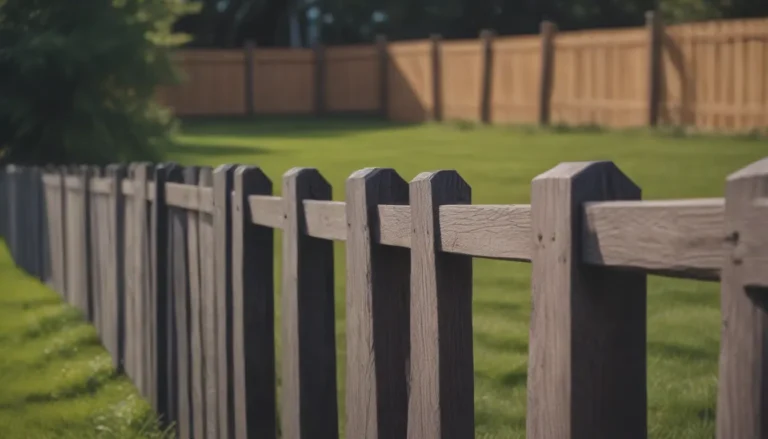Understanding the T&P Valve: Your Water Heater’s Unsung Protector

If you’ve ever taken a look at your water heater, you may have noticed a small valve on the side or top connected to a discharge tube. This unassuming valve, known as a T&P valve or TPR valve, plays a crucial role in ensuring the safety of your water heater. While we hope to never need it, understanding how a T&P valve works can help you prevent potential disasters and keep your home safe.
What Exactly Is a T&P Valve?
A T&P valve, short for “temperature and pressure relief valve,” is a simple yet essential component of your water heater. Located on the exterior of the tank, this valve is designed to relieve excess pressure and temperature buildup within the water heater. When the pressure or temperature inside the tank exceeds safe limits, the T&P valve opens and releases hot water and steam through the discharge tube, preventing catastrophic failure.
How Does a T&P Relief Valve Work?
In the normal operation of a water heater, thermal expansion is unavoidable as water heats up inside the tank. The T&P valve acts as a safety mechanism to prevent this expansion from becoming dangerous. If the water temperature reaches 210 degrees Fahrenheit or the pressure hits 150 psi, the valve automatically opens to release the built-up pressure, safeguarding your water heater from potential damage.
Tip: Installing a water heater pan below your water heater can help collect any minor leaks or emergency outflows, providing an added layer of protection for your home.
Installing and Maintaining Your T&P Valve
When you purchase a water heater, the T&P valve typically comes pre-installed. However, the discharge tube attached to the valve may need to be installed or replaced. Here’s a step-by-step guide on how to install or replace a T&P valve discharge tube:
- Add Tape: Run a strip of Teflon tape clockwise around the threaded end of the PVC discharge tube.
- Manually Screw on the Tube: Hand-screw the discharge tube onto the T&P valve.
- Tighten With a Wrench: Use a wrench to fully tighten the tube, ensuring it points straight downward a few inches above the floor.
- Check the Discharge Tube: Regularly inspect the discharge tube for any signs of mineral buildup that could impact the valve’s functionality.
Warning: Mineral buildup can cause the T&P valve to malfunction, posing a safety hazard. Be sure to check and clean the valve regularly to avoid potential issues.
Testing and Troubleshooting Your T&P Valve
To ensure your T&P valve is in good working condition, it’s recommended to periodically test it for proper functionality. Here’s how you can test and fix common issues with your T&P valve:
- Find T&P Valve: Locate the T&P valve on your water heater and make sure you know where the shut-off valve is in case of emergency.
- Place Bucket: Position a bucket below the discharge tube to catch any water that may be released during the test.
- Check Attachment: Ensure the discharge tube is securely attached to the T&P valve.
- Discharge Water: Carefully pull the T&P valve’s lever to release a small amount of water into the bucket. If the valve fails to snap back into place, it may be faulty and require replacement.
Tip: Regularly testing your T&P valve can help you identify and address potential issues before they escalate into major problems.
Fixing Common T&P Valve Problems
If you encounter a leaking or sticky T&P valve, here are some steps you can take to address the issue:
- Fix a Leaky T&P Valve: Re-thread the valve into the tank’s opening or clean out any debris obstructing the relief port to stop the leak.
- Adjust Water Temperature: Ensure your water heater is set to a safe temperature range to prevent pressure-related issues.
- Fix a Sticky T&P Valve: Try gently moving the valve lever to unstick it, and if that doesn’t work, consider replacing the valve to ensure proper functionality.
Warning: Always exercise caution when working with a water heater, as high pressure and temperature levels can potentially damage the T&P valve and pose safety risks.
Conclusion: Protecting Your Home with a T&P Valve
In conclusion, the T&P valve is a vital component of your water heater that serves to protect your home from potentially hazardous conditions. By understanding how the T&P valve works, regularly testing its functionality, and addressing any issues that arise promptly, you can ensure the continued safety and efficiency of your water heater.
Remember, when it comes to the safety of your home and family, staying proactive and informed is key. By following these guidelines and taking the necessary steps to maintain your T&P valve, you can enjoy peace of mind knowing that your water heater is operating safely and effectively. So, don’t overlook the importance of this small but mighty valve—it’s your unsung hero in the world of water heater safety.





